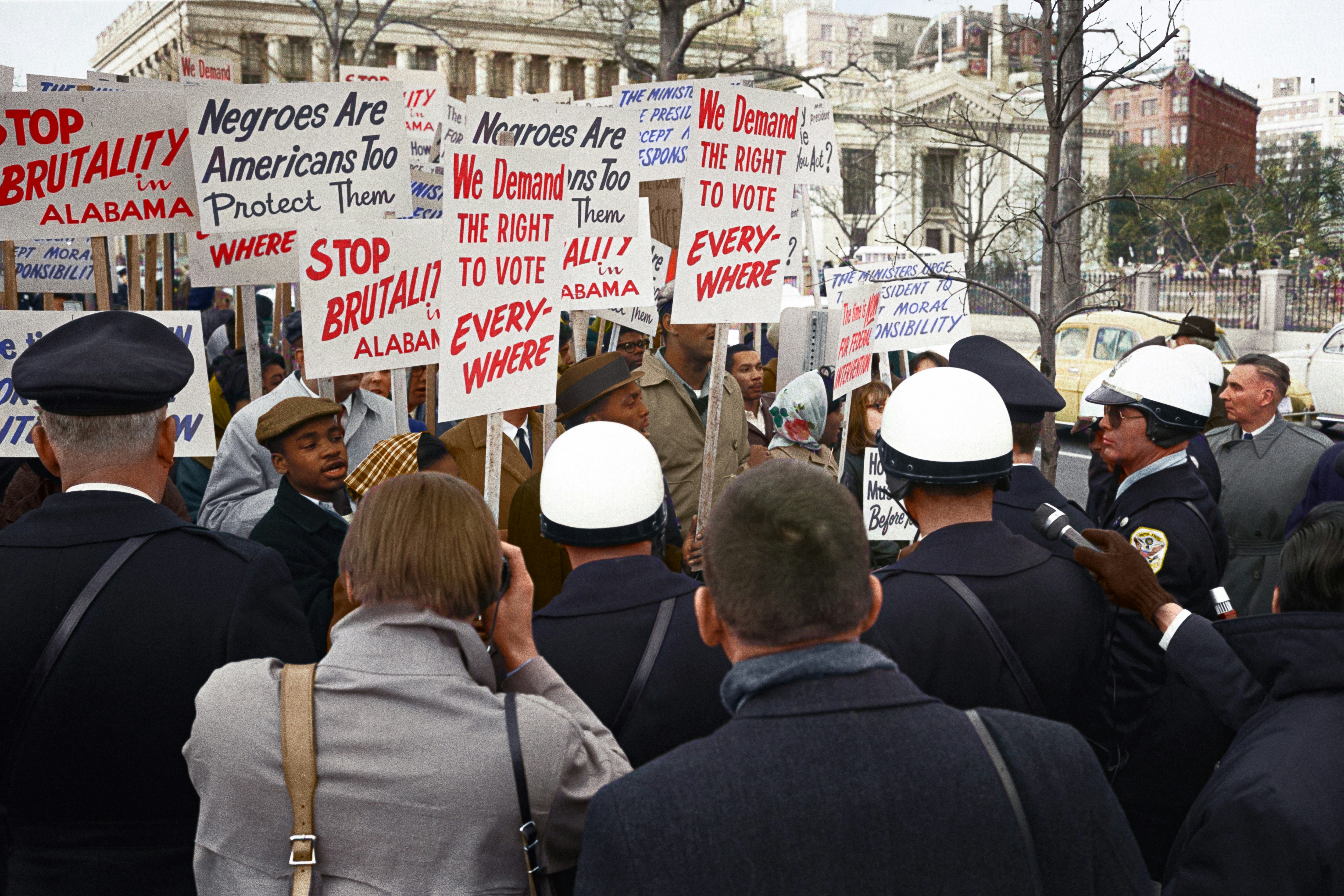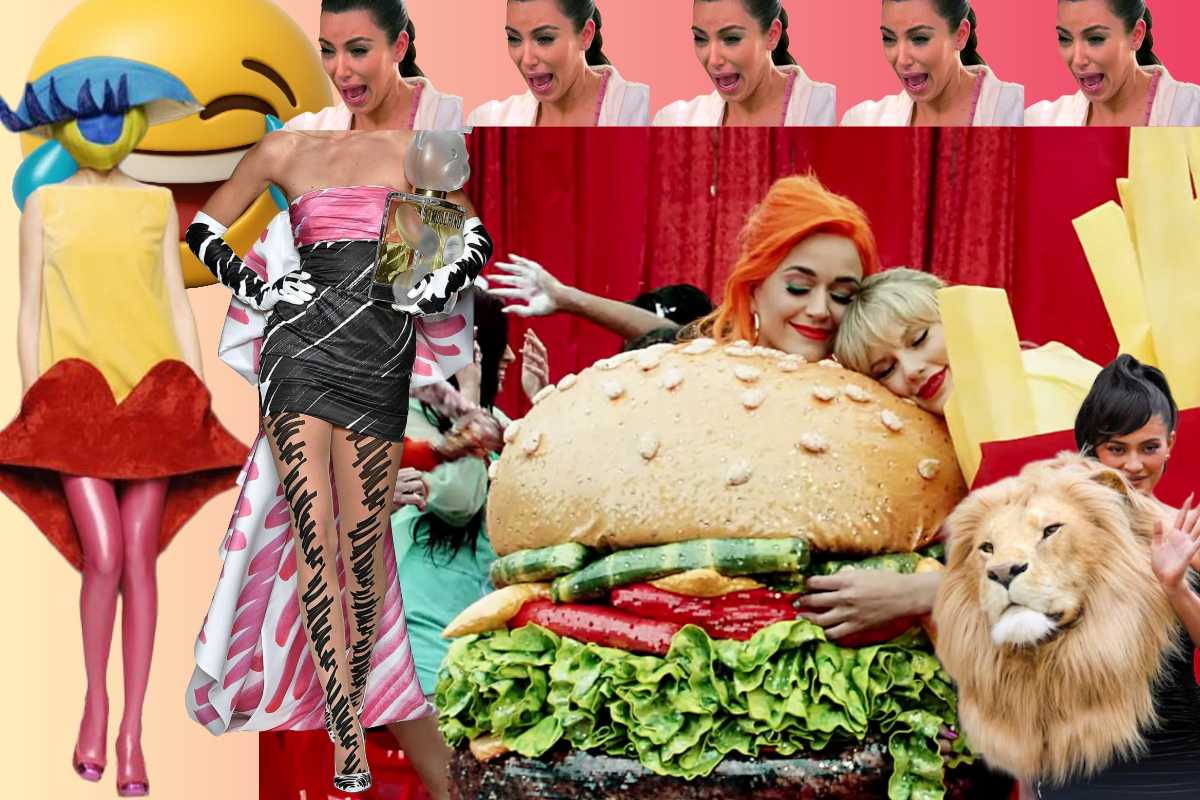The subject of emotions has been studied for centuries. Doctors, psychologists, and analysts do an outstanding job updating the latest studies on how humans react to their own emotions and other people’s emotions. The questions are complicated, and the answers are even more ambiguous. How can we study and verbalize something that is not tridimensional and entirely visible but that, at the same time, it’s something so powerful and relevant in our life and in our world?
Emotions encourage us to buy a new pair of shoes, vote for a certain candidate on Election Day, pursue a certain career, or continue or stop a relationship with someone.
The world of emotions is infinite and has many branches to study and many books to be read and written.
But with such a profound and dominant factor in our lives, it makes sense that it strongly influences how we perceive fashion…particularly the way we perceive Political Fashion.
The truth is no longer in style.
Over the last couple of years, we have seen what journalist MSNBC Mehdi Hasan describes as “a full-scale and very global assault on truth”. It seems like headlines don’t go through lying detectors, as long as they sell enough newspapers. Debates and prime-time interviews are less fact-based and more focused on provocative and controversial statements that will create a reaction in the audience. The world of politics, which many people may believe should be focused on logic and rationality, is actually very much influenced by our emotions. It seems as if, at this moment in time, the truth is not as trendy as the emotional impact of the statements several influential people make in the news every day.

In Political Fashion, we have talked about the way politics influence the paths the fashion industry takes and the way we perceive and understand fashion. But emotions have been in our society for as long as humans have inhabited Planet Earth. King Louis XIV’s decision to start building the ostentatious Versailles Palace was not a rational decision. In fact, it was the emotional overspending that ended up causing the economic crisis that led to the French Revolution. It was the emotional element that made President Johnson’s speech successfully persuade Members of Congress and the American people to pass the Voting Rights Act in 1965, which prohibits racial discrimination when voting.
But emotional decisions don’t always have to end up in armed conflicts or federal legislation. Understanding the process through which our brain makes these decisions can help us be more aware of what steps we need to take in order to be our authentic selves. This is the core mission of Political Fashion.
The most successful campaign advertisements are those that focus less on statistics, legislation and amendments and so much more on life stories, personal attacks, and narratives about overcoming challenges.
Fashion and Emotions

Much has been said about how the way we feel “on the inside” affects the way we look on the outside. Your joy, your anger, your excitement, or your pain will be reflected in your facial expressions and your overall look.
But what about the other way around?
Clothing affects the way we feel on the inside. It’s a spiral that goes on and on in an endless cycle.
Imagine the feeling of the morning after a night out. Staying in pajamas after noon only extrudes the feeling of tiredness and exhaustion. We associate pajamas with resting and sleeping. This is why our brain and our body have a reaction when we put this kind of clothes on. We are not our most productive selves when we are wearing pajamas. Similarly, unless we are very tired, it can be challenging to sleep well while wearing a tuxedo or a tight corset.

As humans, we make several decisions based on our emotions. One of the first decisions we make every morning, which involves getting dressed, is, for the most part, an emotional decision. Although there are some rational elements to clothing selection, such as considering the weather, the dress code for your workplace, or the places you’ll visit during the day, certain emotional factors surround our brain with questioning such as:
- How do I feel this morning? Do I want someone to notice me, or do I want to be unnoticed in the crowd?
- How do I feel about my body today? Am I feeling comfortable in my own skin?
- Do I feel motivated to start this day, or am I looking forward to it being over and going to bed at night?
- What do I want people to think when I walk into the office today? Do I want them to think of me in a certain way? If so, how do I achieve that?
Perhaps we don’t take the time to verbalize word by word each of these thoughts when we wake up each morning. But these thoughts are reflected when we make decisions such as taking the time to iron a shirt that has been stored for a while or being careless and picking the closest t-shirt in the drawer that is clean.
Folks who are not very involved in the fashion world and claim to have no sense of style still go through a series of emotion-based questions when choosing their clothes. This decision-making can be selecting a graphic t-shirt with a cartoon they loved as a child. Or being attracted to a color that is not new to them, as they’ve been wearing it for years. This means that the person is looking for safety, for something that is known and familiar.
Former President Barack Obama used navy and dark gray suits for the most part. In his mind, he believed that his decision-making should be focused on his Presidential duties, and selecting clothes was not a top priority. He was looking for the known and the familiar, which at the same time, portrayed a constant Presidential figure with the same color scheme. Perhaps this is why when he wore a tan suit, this clothing decision became a headline and a talking point in the news for an irrationally absurd number of hours. The politics of emotions are everywhere.
The Politics of Emotions and Men

When boys are growing up, they want to shave their beard as dad does. They want to learn how to make a tie, carry a briefcase and go to work. We start giving meaning to these fashion elements from a very young age. Boys want to become men. Boys start using objects, symbols, and props that, from their own experience and interpretation of the world around them, are objects that men must carry. Suddenly, a tie is much more than a piece of fabric men wrap around their necks. It is a visual symbol of manhood. It is something that, even though it comes in a variety of colors, textures, and proportions, consolidates menswear into a cohesive and very restricted visual appearance of how men are expected to dress.
In certain regions, a hat and boots are the manly uniforms. Young men get their own hat and their very first cowboy boots, almost as a rite of passage for becoming a man. In other places, the use of objects associated with strength, or even aggression or violence, is related to manhood. Objects like hammers, swords, knives, or weapons may be perceived as objects that boys must learn how to use in order to become men.
Does this mean that if men don’t use the fashion or the objects associated with men, their manhood might be questioned? Absolutely.
Little boys suffer in silence wearing a soccer uniform, getting ready to play a game they don’t want to play but that their family and friends expect them to play well. Boys are expected to have short hair, play with cars and action figures, and be passionate about sports because the politics of emotions chase boys from a very young age.

As humans, we put a lot of meaning into the clothes we wear from the very early years of our life. There’s a political reason behind a parent’s rejection of their little boy wanting to dress up as Elsa for Halloween. Fathers are scared that a little boy’s manhood may be questioned. And it is only after a couple of years that the little boy understands the political weight of being a man who wears a dress. It’s not that men don’t care about fashion. It’s just that men are politically expected not to care about fashion, and bouncing back is the manly way to react.
Grown-up men and young men walk on their way to work in a suit and a tie. They shave, put on lotion, and go to work—the expectations of what being a man may seem to have been accomplished. But behind the tweed suits and the cotton shirt, there’s a scared little boy who figures out one of the safest things to do is to follow the politics of emotions that he, as a man, learned to follow. And this is all reflected in the clothes he is wearing.
Political Womenswear Fashion and Emotions

Many little girls put their feet on mom’s shoes. They want to feel taller. They like to see the way the high-heeled shoes shape their feet. Maybe, in their mind, they are excited to grow up and be able to fit into these shoes and become a woman, with the lessons they have learned of what being a woman entails.
Young girls grow up with the general idea that girls should always look good. It doesn’t matter if they have been running around on a 100-degree summer afternoon with her friends. She shouldn’t keep this imperfect appearance.
She should wear a skirt to school, which significantly restricts the movements and games she can play without being called out by someone around her.
She grows up with the prevalent idea that she should always look good and that her appearance is one of her most valuable assets. This is why women are very much more likely to develop eating disorders than men. (Hans Wijbrand Hoek, 2019). Women learn at a very young age to protect their appearance, as if gaining weight or losing beauty means losing their worth.
The Politics of Emotions and Non-Binary People

One in five transgender individuals has attempted to commit suicide. The numbers are even higher when we talk about trans people of color. Denying that a person exists directly affects the way they think about themselves. How can someone feel worthy of having a seat at the table if the table not only is not welcoming you to sit down but the host goes as far as actively expressing discomfort with your existence and who you are?
Over the last couple of months, several controversies about trans rights have been the subject of debate in different countries across the world. People are questioning if trans kids should have the right to come out as trans to their classmates and friends. Folks are debating whether trans people should have the right to play sports. The laws and policies get into very specific scenarios that only affect a very small percentage of the population within the LGBTQ+ community. However, the divisive speeches encouraging young LGBTQ+ folks to shut down their feelings and be scared of coming out are devastating.
The Politics of Emotions encourages trans and non-binary people to shut down their feelings and desires to be their authentic selves in an outspoken way. The idea of coming out is still terrifying.







